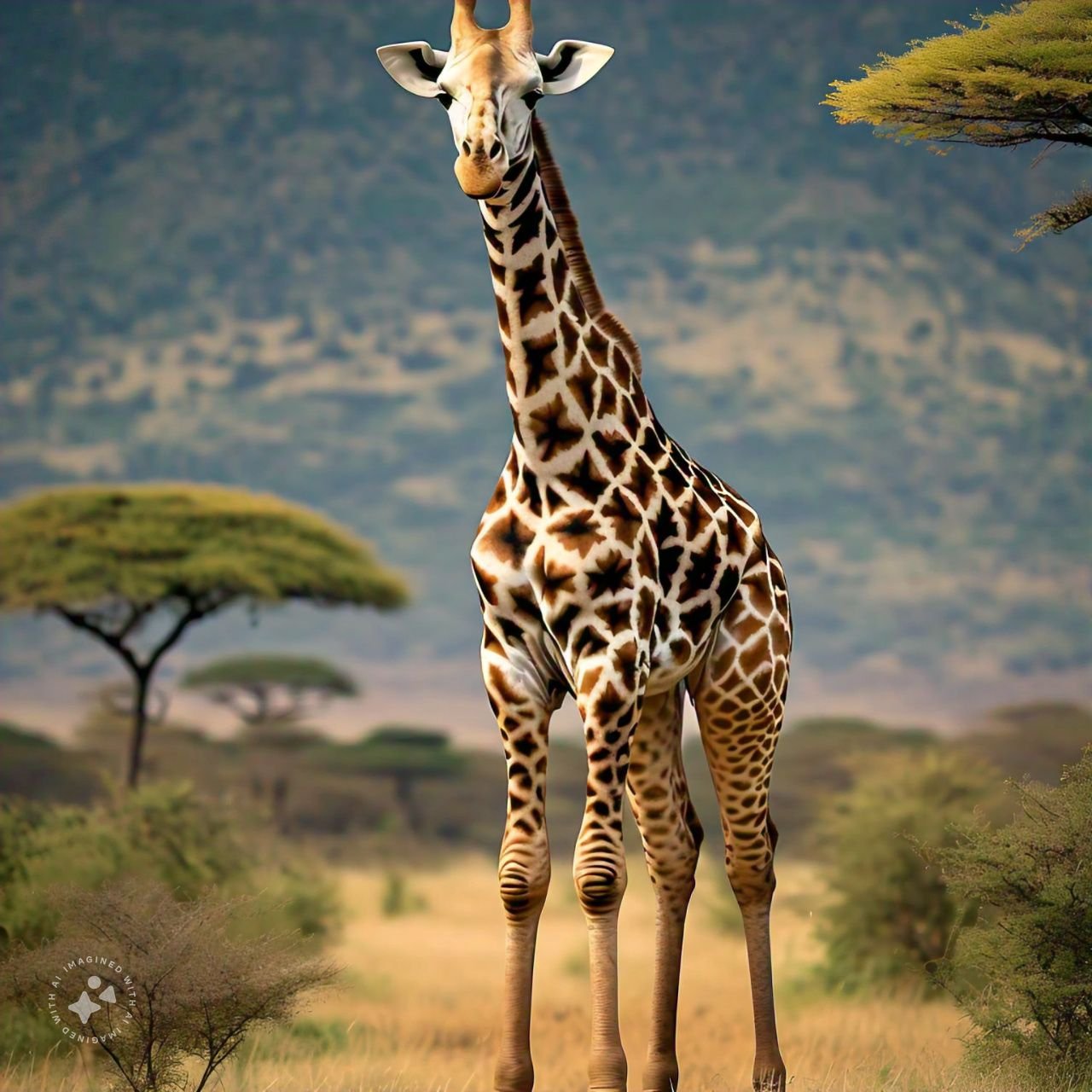Giraffes are undoubtedly one of the most iconic animals on the planet, known for their incredibly long necks, graceful stance, and peaceful nature. The giraffe, often referred to as the “tall giraffe,” truly stands out in the animal kingdom due to its remarkable height, sometimes reaching up to 18 feet! This blog post delves into the wonders of the tall giraffe, exploring their physical characteristics, behavior, habitat, and why they remain a fascination for animal lovers everywhere.
Introduction to the Tall Giraffe
Giraffes are fascinating animals, beloved for their unique appearance and gentle demeanor. The term “tall giraffe” is often used to emphasize their towering height, which is, in fact, one of their most notable features. But how exactly did giraffes evolve to be so tall? And what challenges do these long-necked wonders face in today’s world?
In this post, we’ll explore everything you need to know about tall giraffes – from their evolution to their daily life in the wild. So if you’ve ever wondered what makes these magnificent creatures tick, you’re in the right place!
Why Are Giraffes So Tall?
The giraffe’s height isn’t just for show – it serves a practical purpose. Their long necks allow them to reach leaves high up in the trees, particularly from acacia trees, which are their favorite snack. Being tall gives giraffes access to food sources that other herbivores can’t reach, making them highly specialized for their environment.
This evolutionary advantage may seem obvious, but it wasn’t always this way. Over millions of years, giraffes adapted to their surroundings in Africa, where taller animals had a better chance of survival. Their height allowed them to access more resources, which in turn, helped them thrive.
Physical Characteristics of the Tall Giraffe
While their height is the most striking feature, giraffes have other fascinating physical traits that make them unique:
- Height: Giraffes can grow up to 18 feet tall, with males typically taller than females. Their legs alone are around 6 feet long!
- Neck: A giraffe’s neck can be up to 6 feet long. Despite its length, giraffes have only seven vertebrae in their necks, just like humans.
- Tongue: Their long, prehensile tongue can stretch up to 20 inches, allowing them to grab leaves and strip them from trees efficiently.
- Spots: The tall giraffe’s coat is covered in spots, which are as unique as human fingerprints. These spots help them blend into their environment and offer some protection from predators.
Behavior and Social Structure
Giraffes are social animals, often found in loose groups, or herds, roaming the savannahs of Africa. These herds don’t have a strict social structure, and members often come and go freely. Interestingly, giraffes don’t need to sleep much. In fact, they only sleep for about 4.6 hours per day, usually in short naps!
- Communication: While they’re usually silent creatures, giraffes communicate with each other through a range of sounds, including grunts, snorts, and even low-frequency hums that are hard for humans to hear.
- Mating Rituals: Male giraffes engage in a behavior known as “necking,” where they swing their long necks at each other to establish dominance during mating season.
- Eating Habits: As herbivores, giraffes primarily eat leaves, especially from tall acacia trees. Their long tongues and height make them incredibly efficient at foraging. They can consume up to 75 pounds of foliage a day!
The Habitat of Tall Giraffes
Giraffes are native to Africa, specifically found in regions with open savannahs, woodlands, and grasslands. Countries like Kenya, Tanzania, South Africa, and Namibia are home to large populations of giraffes. They thrive in these environments where tall trees are abundant, providing them with the food they need to sustain their large bodies.
However, habitat loss due to human activities such as deforestation and agriculture has posed significant threats to giraffe populations. While they aren’t classified as endangered, some subspecies are facing declining numbers.
Challenges and Conservation Efforts
In recent years, giraffes have seen a decline in population, with habitat loss and poaching being two of the biggest threats. Giraffes are hunted for their meat, hides, and tails, all of which are highly valued in some cultures.
Fortunately, several conservation organizations have taken steps to protect giraffes and their natural habitats. Organizations like the Giraffe Conservation Foundation (GCF) work tirelessly to raise awareness, conduct research, and implement strategies to protect giraffe populations. National parks and reserves also play a crucial role in ensuring that giraffes have safe spaces to roam.
Conclusion
The tall giraffe remains one of nature’s most awe-inspiring creatures. Their towering height, gentle demeanor, and unique adaptations make them a standout in the animal kingdom. However, like many other species, giraffes face threats that could jeopardize their future. Conservation efforts are key to ensuring that future generations can continue to marvel at these magnificent animals.
So, next time you see a giraffe at a zoo or in a nature documentary, take a moment to appreciate just how extraordinary they truly are!
Frequently Asked Questions (FAQs)
1. How tall is the tallest giraffe?
The tallest giraffes can reach up to 18 feet, with males typically taller than females.
2. Why do giraffes have long necks?
Giraffes evolved long necks to reach food in tall trees, particularly in environments where competition for food was fierce.
3. How long do giraffes live?
In the wild, giraffes typically live around 25 years. In captivity, with proper care, they can live longer.
4. Are giraffes endangered?
While giraffes are not currently classified as endangered, some subspecies are facing population declines due to habitat loss and poaching.
5. How do giraffes sleep?
Giraffes sleep for only about 4.6 hours a day, and they usually do so standing up in short naps to stay alert for predators.
Giraffes will continue to captivate the imagination of animal lovers for years to come. By learning more about these incredible animals and supporting conservation efforts, we can help protect them for future generations.
